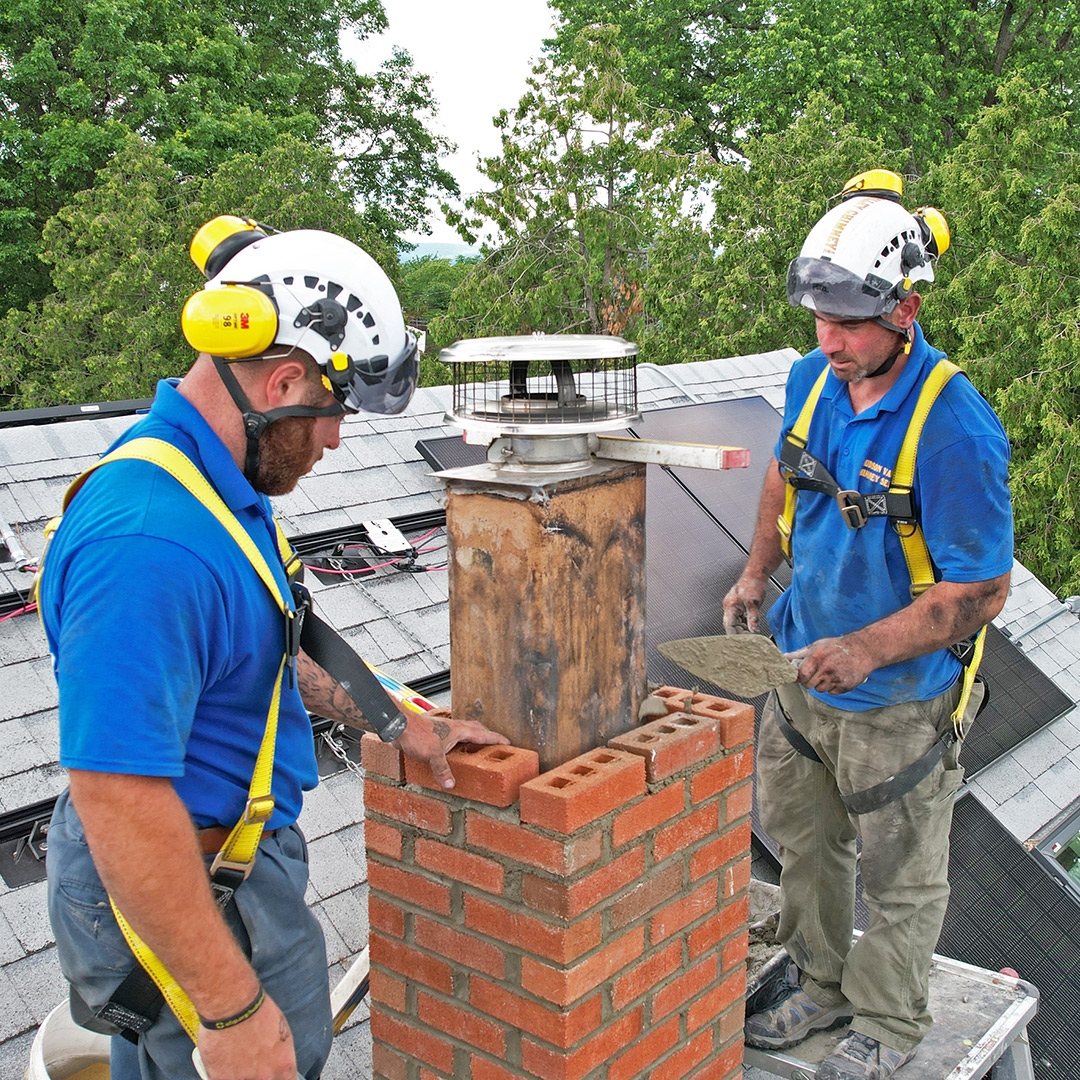Opening the Keys of Lasting Masonry Construction Practices for Eco-Friendly Buildings
Amongst the myriad methods to eco-friendly structure, sustainable stonework construction stands out as a reliable and resilient method that holds a riches of untapped potential. From the choice of materials to cutting-edge construction techniques, the keys to attaining sustainability within masonry construction are complex and appealing.
Benefits of Sustainable Masonry Building And Construction
Accepting sustainable masonry construction methods not just lowers ecological impact but also provides long-term economic benefits to contractors and neighborhoods. By using materials like recycled bricks, blocks, and stones, contractors can substantially reduce the carbon footprint of their jobs while promoting resource efficiency. Additionally, sustainable masonry building and construction methods, such as appropriate insulation and thermal mass residential properties, can boost energy efficiency within buildings, leading to reduced functional prices gradually.
Additionally, the toughness and durability of masonry structures add to long-lasting economic benefits. Structures built utilizing sustainable stonework methods typically require much less repair and maintenance, translating to cost financial savings for building contractors and homeowner. The longevity of stonework materials also makes certain that frameworks remain secure and safe, reducing the demand for regular renovations or substitutes.
Eco-Friendly Masonry Products
Using environmentally friendly stonework materials is a crucial step towards improving the sustainability of construction techniques and reducing ecological impact while maximizing long-lasting economic benefits. Lasting masonry products are sourced, produced, and used in a manner that minimizes overall environmental influence. Materials such as recycled blocks, reclaimed stone, and lasting concrete blocks are coming to be increasingly prominent selections for eco-conscious contractors. Recycled blocks, as an example, not only draw away waste from landfills however additionally require much less power to produce compared to brand-new blocks. Reclaimed rock offers a special aesthetic appeal while reducing the need for brand-new quarrying. Lasting concrete obstructs integrate recycled accumulations and might feature enhanced insulation properties, contributing to power performance in buildings.
In addition, all-natural products like adobe, rammed planet, and straw bundles offer outstanding thermal mass residential or commercial properties, reducing the demand for heating and cooling down energy. These materials are frequently locally available, promoting local economic situations and lowering transportation-related carbon exhausts. By choosing environment-friendly masonry materials, construction tasks can dramatically lower their ecological footprint and contribute to the production of much healthier, a lot more lasting built settings.
Energy-Efficient Masonry Strategies
Energy effectiveness plays a crucial function in boosting the sustainability of masonry building practices. By carrying out energy-efficient stonework techniques, home builders can considerably reduce the total energy consumption of a structure, resulting in lower functional costs and a smaller sized environmental footprint. One crucial energy-efficient masonry strategy is making use of thermal mass, which involves including dense products like concrete or brick right into the building's framework to soak up and store heat. This assists manage indoor temperature levels, decreasing the need for mechanical home heating and cooling systems.

Developments in Lasting Stonework
Current advancements in sustainable stonework techniques have produced ingenious methods that are improving the building and construction Visit Your URL industry. One such technology is the advancement of self-healing concrete, which uses microorganisms embedded within the concrete to recover cracks autonomously. This development not only lowers upkeep prices yet also enhances the resilience of stonework structures, adding to their sustainability.
An additional significant technology is using recycled accumulations in stonework building - masonry contractor. By integrating materials such as smashed ceramic waste or recycled glass into concrete blends, home builders can reduce the ecological influence of building tasks while maintaining architectural integrity. This method not just draws away waste from landfills however additionally saves natural resources, making it a key innovation in lasting masonry building
In addition, the integration of digital design tools, such as Building Information Modeling (BIM), is reinventing the means masonry structures pressed concrete patio are prepared and built. BIM enables even more exact computations, reduced product waste, and improved power efficiency, ultimately causing even more sustainable structure techniques. These technologies jointly signify an encouraging future for sustainable masonry building in the age of environmentally friendly buildings.
Future Trends in Stonework Sustainability
With the innovative strides made in lasting masonry methods, the next future patterns in stonework sustainability are positioned to further transform the building and construction industry. Among the essential fads shaping the future of stonework sustainability is the increased assimilation of modern technology. Developments such as Structure Details Modeling (BIM) and virtual reality simulations are being made use of to maximize stonework building procedures, bring about decreased product waste and boosted power performance in structures.
Additionally, the advancement of unique lasting products is readied to play a considerable function in improving the eco-friendliness of masonry construction. masonry contractor. Technologies like self-healing concrete, recycled aggregates, and bio-based binders are getting traction for their ability to minimize ecological influence while preserving structural stability

Final Thought
In final thought, lasting stonework building and construction techniques supply numerous advantages for eco-friendly buildings. By utilizing environmentally friendly materials and energy-efficient techniques, masonry can add to an extra sustainable built atmosphere. Innovations in sustainable masonry are constantly being created to further improve the environmental performance of structures. Looking towards the future, the trend of masonry sustainability is anticipated to expand, bring about even more eco-friendly and energy-efficient building practices in the years to come.